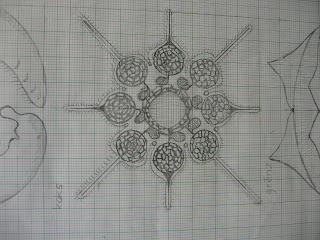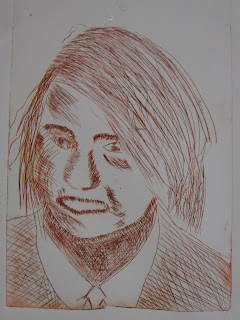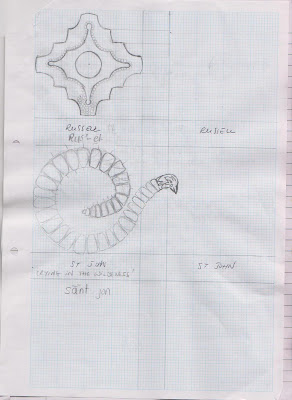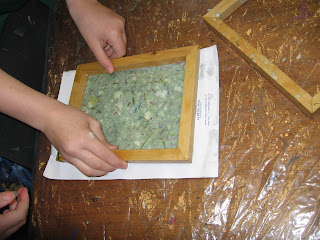



Weeks ago, I booked a day trip to London to go to the William Morris Society at the Kelmscott House Museum in Hammersmith. I was so excited on Saturday that I got there far too early so took the time to look at the view of rowers on the Thames and took photos of the scenery.


The visit had been organised by Lucy Brett,an artist-printmaker I met at the Kew printing studios a little while ago. We were a small group and the curator of the William Morris Society, Helen Elletson kindly showed us around the basement of the house. This is the only part of the house which can be visited as the Society cannot maintain the main part of the house, which is leased.

Helen showed us some samples of Morris and Company wallpapers, watercolour designs, and a selection of textiles, ranging from a Hammersmith rug and woven hangings to printed cottons, silks and embroideries and it was a treat to see them, still looking so fresh and lively. We were also able to see a copy of his book The Chaucer. The book was completed shortly before he died and one of the proofing presses used in its printing is now on permanent display at Kelmscott.


For me, it was a joy to see original drawings by Morris and his talented family and to learn a little more about such an important Victorian designer and craftsman. It is interesting to know that he was founder of the Society for the Protection of Ancient buildings in 1877 (created to counteract the highly destructive 'restoration' of medieval buildings being practised by many Victorian architects).
Though the visit was not very long, it was worth it, and I would recommend you take a detour in this beautiful part of London and discover Morris and the other artists who once lived in the vicinity such as Eric Ravilious and Thomas James Cobden Sanderson.










































